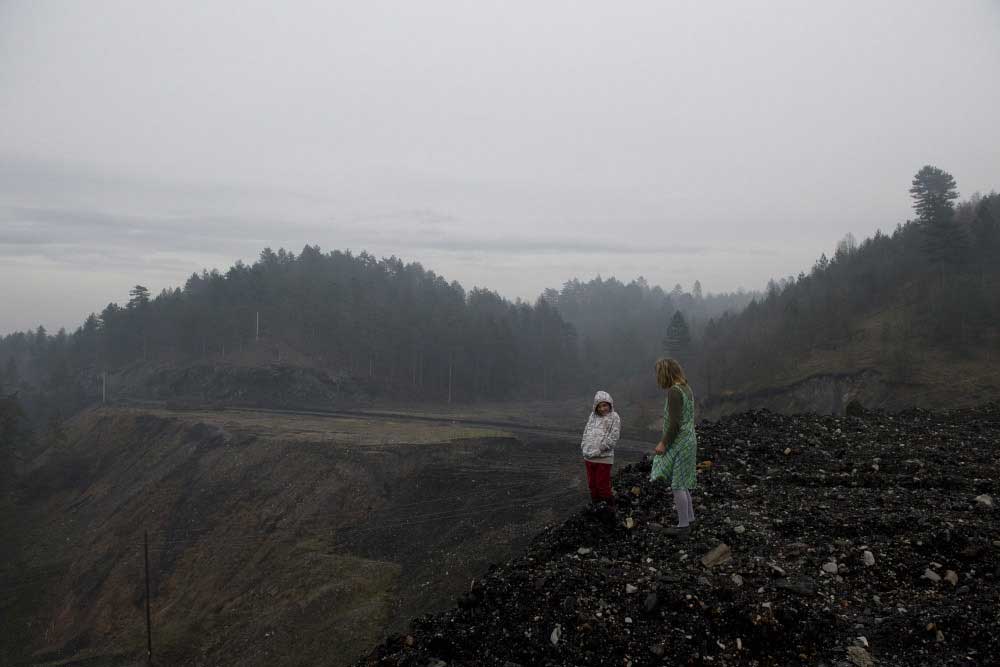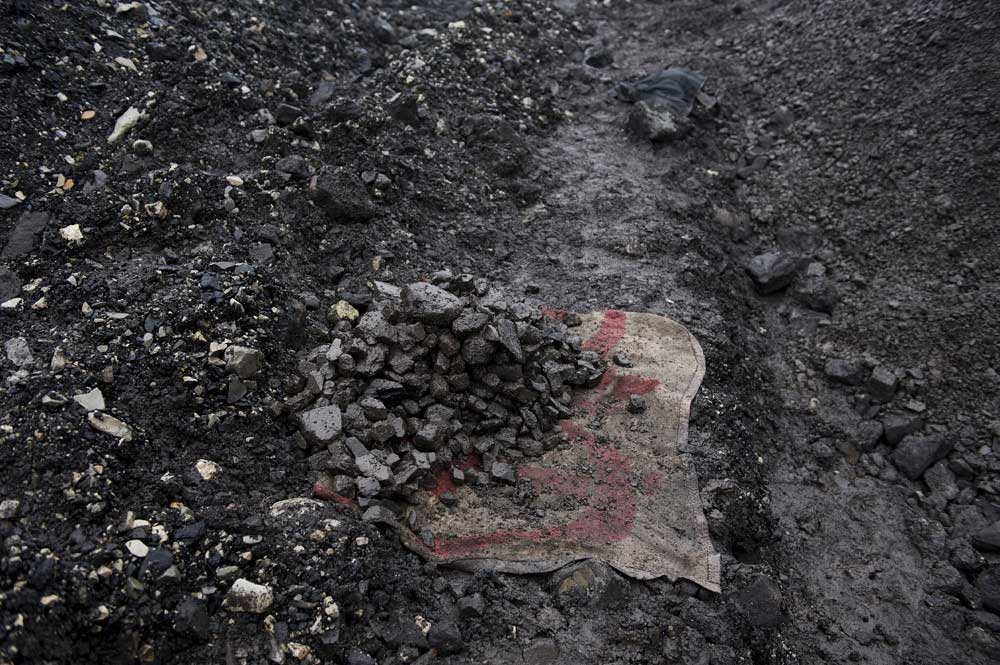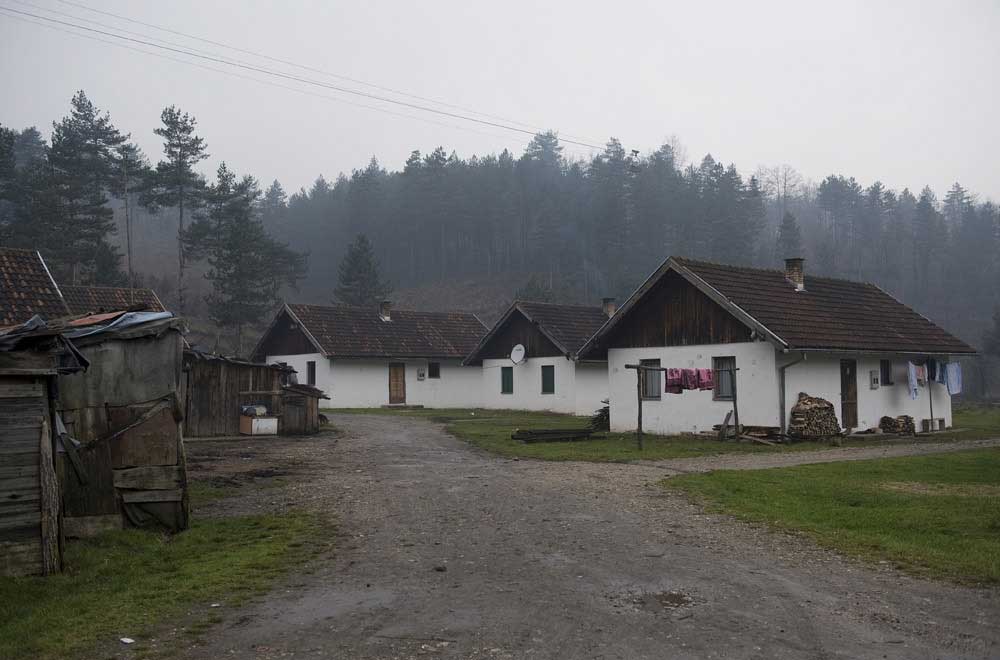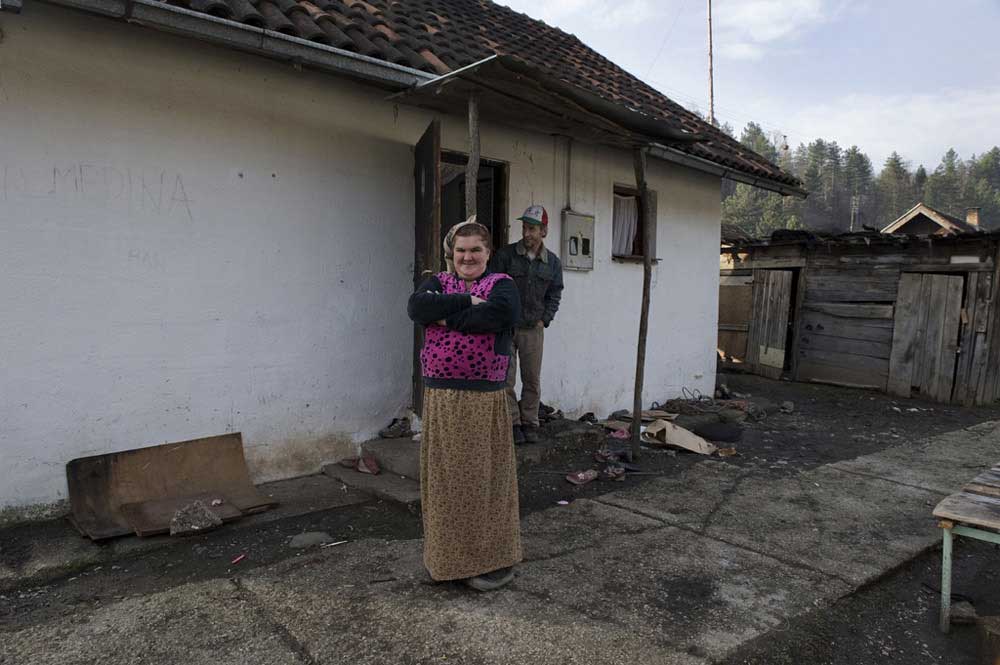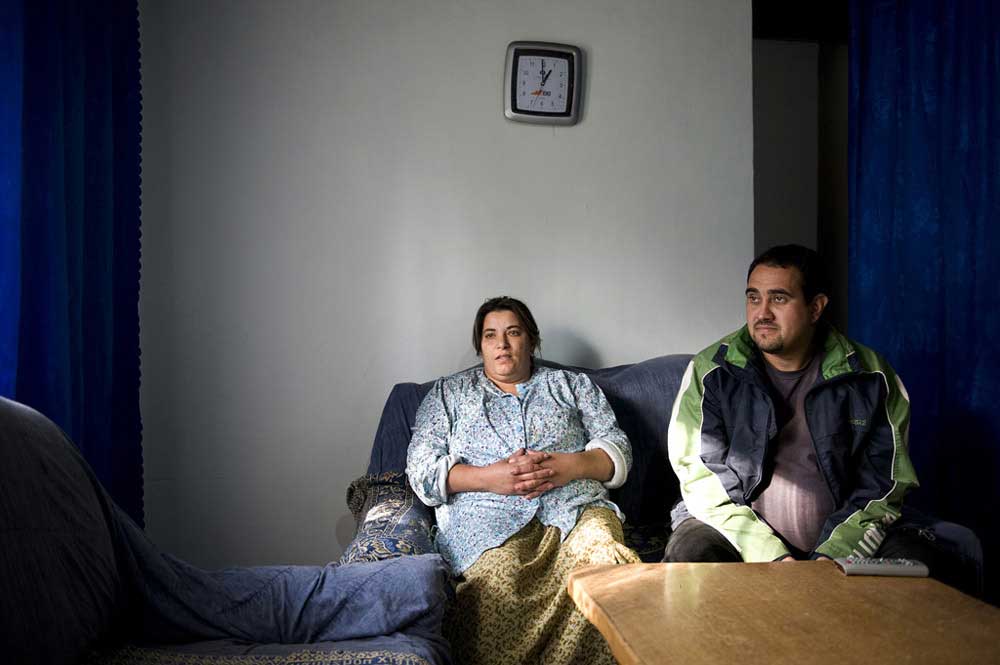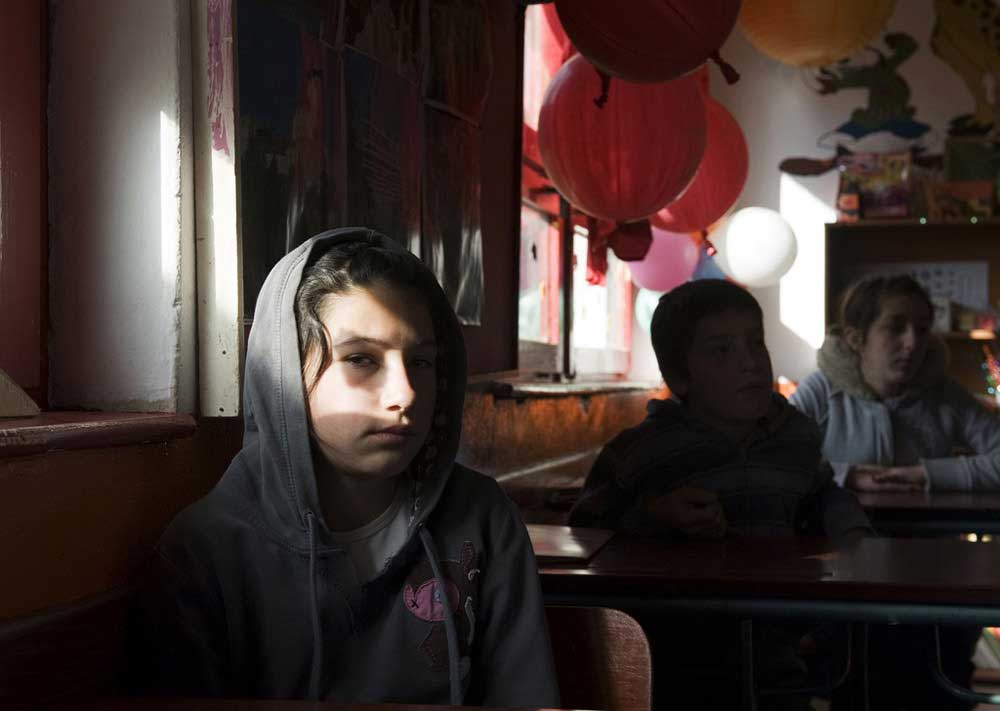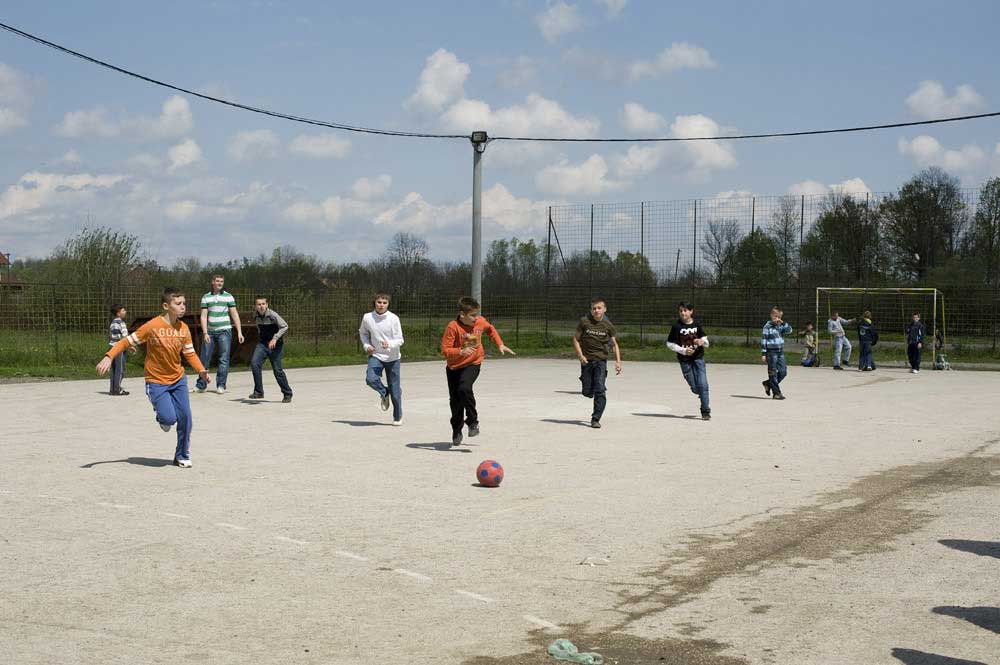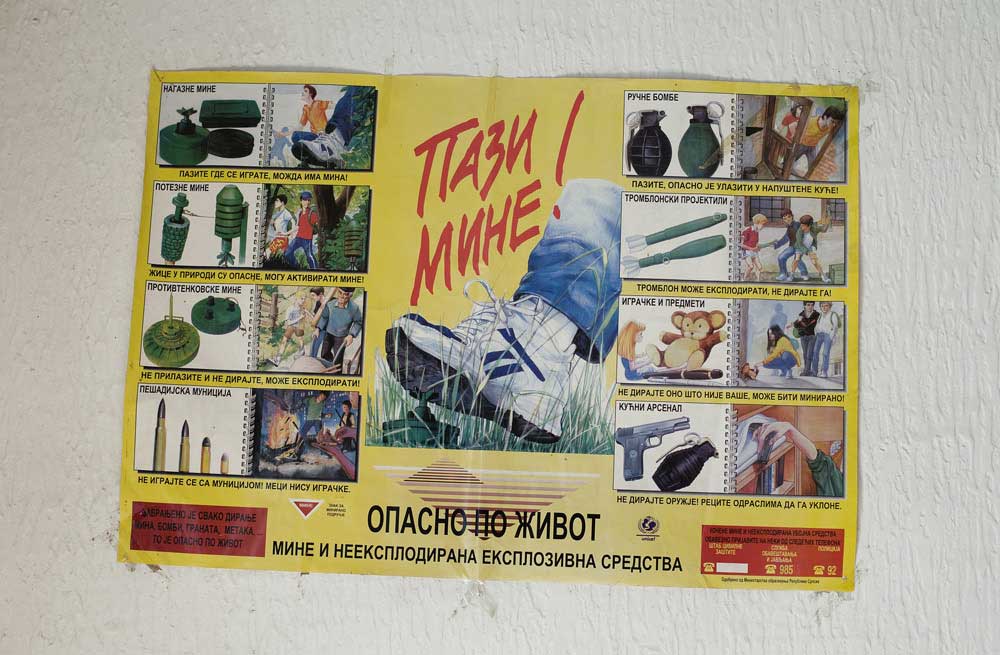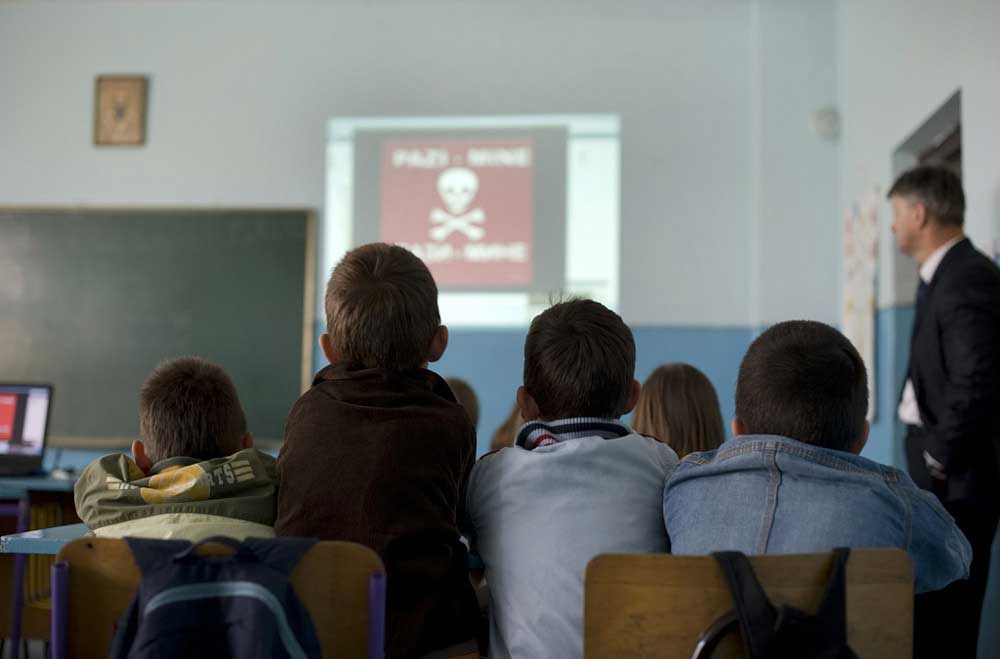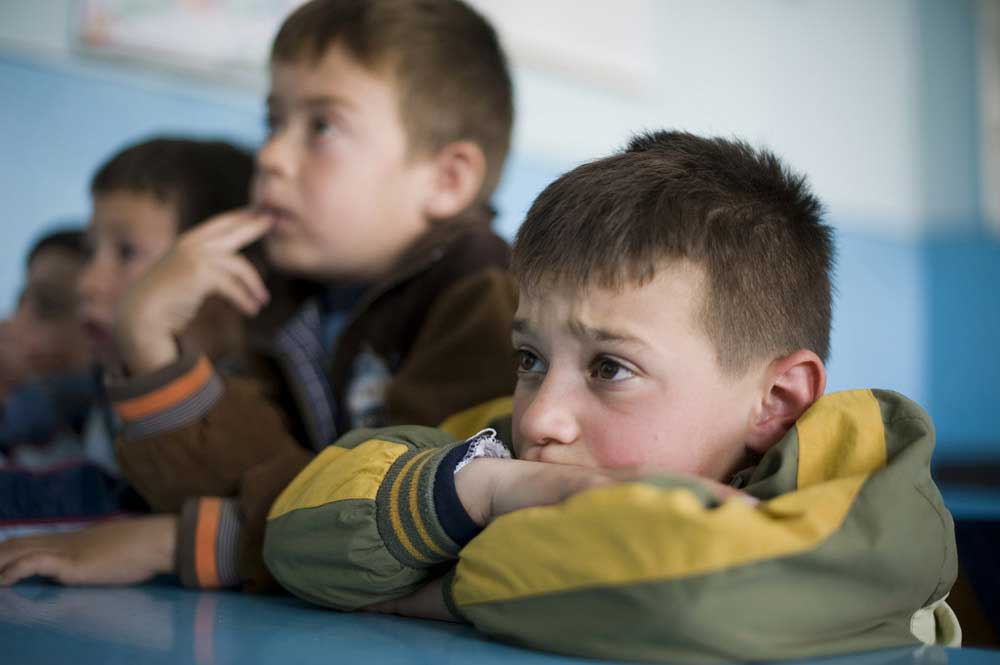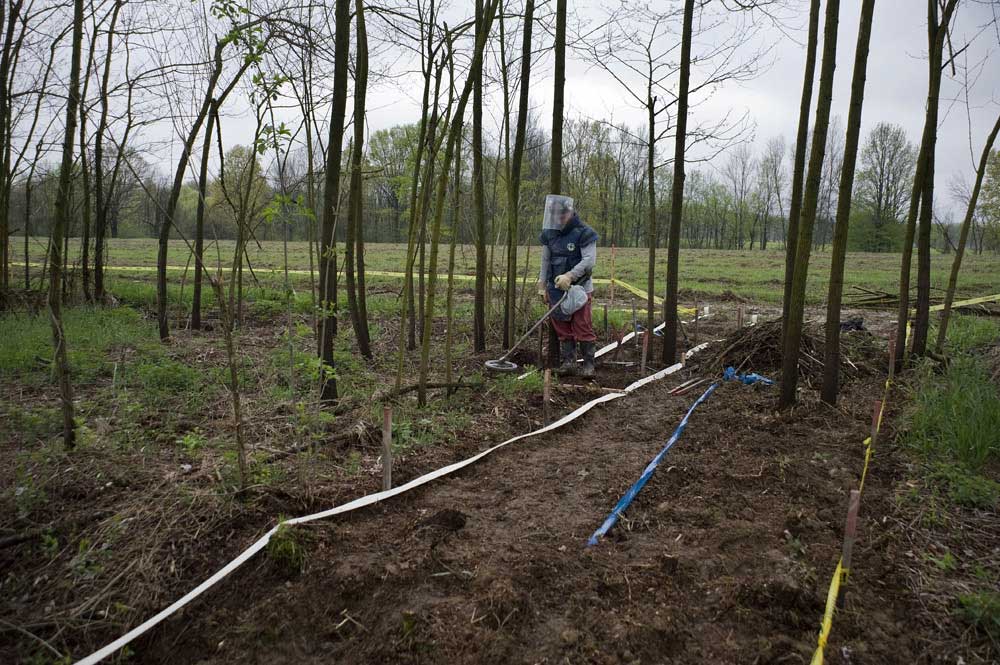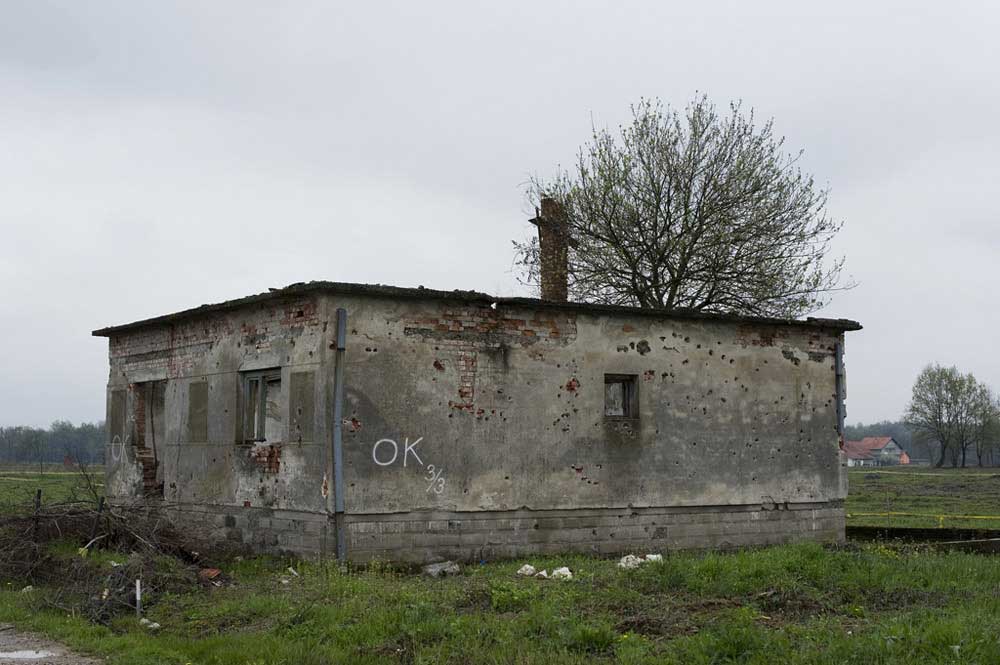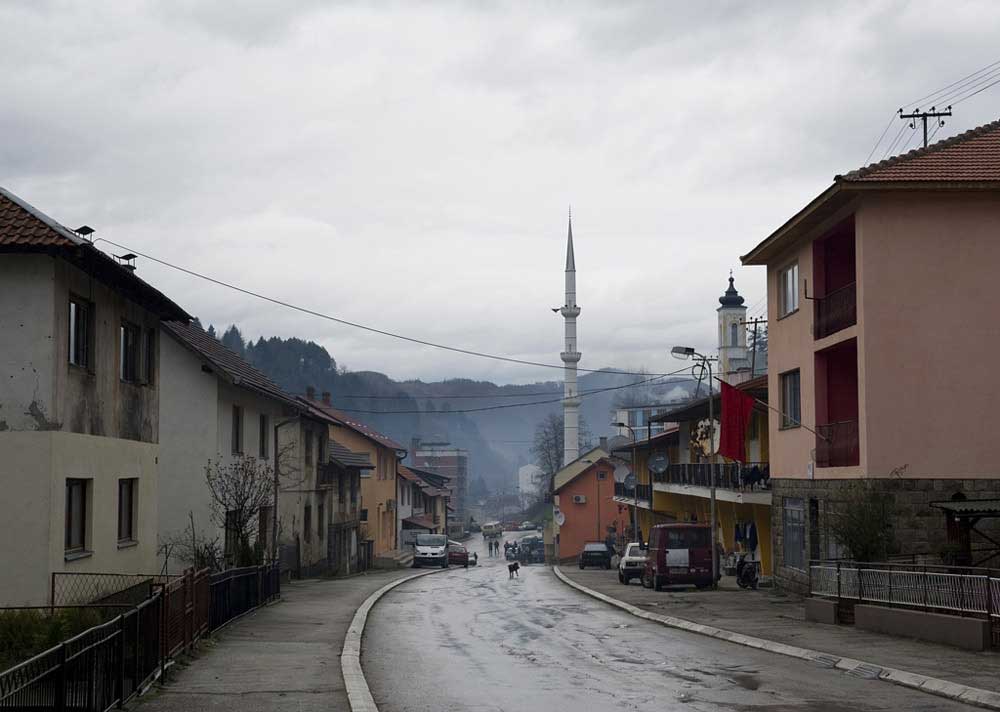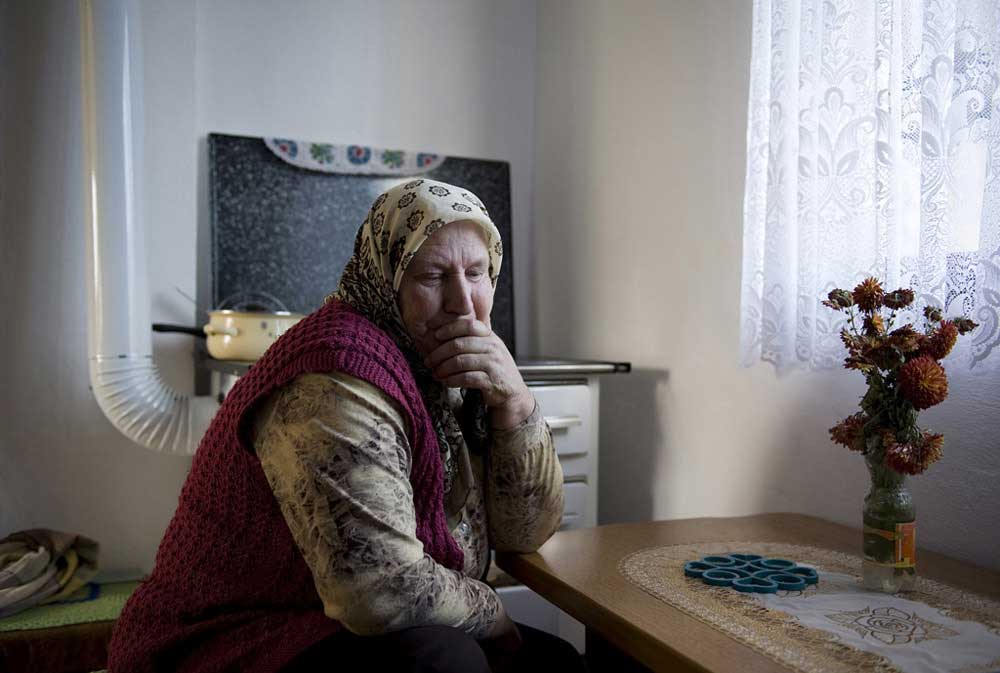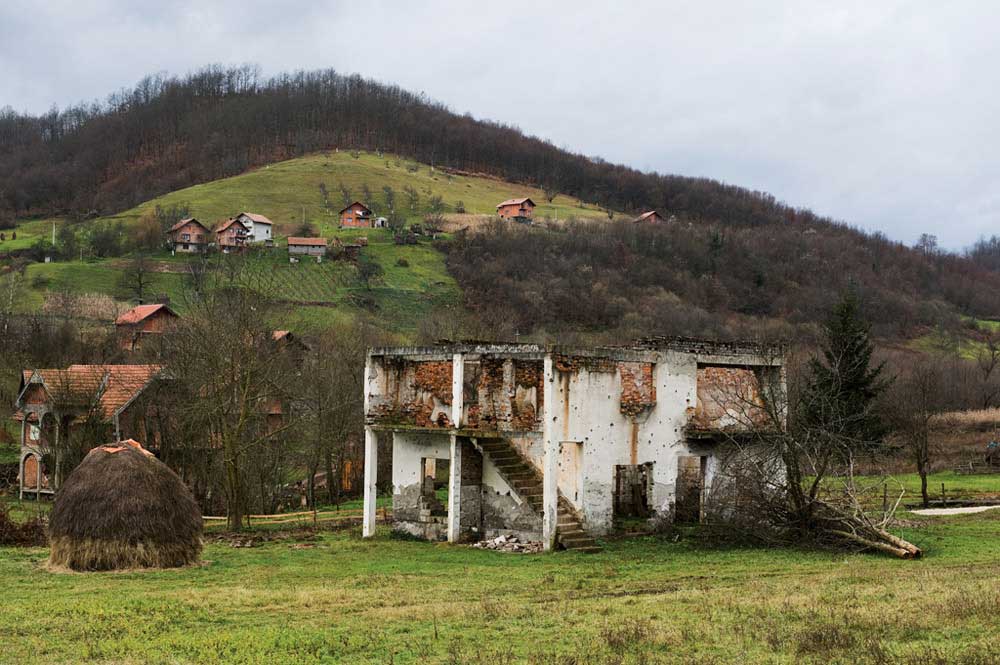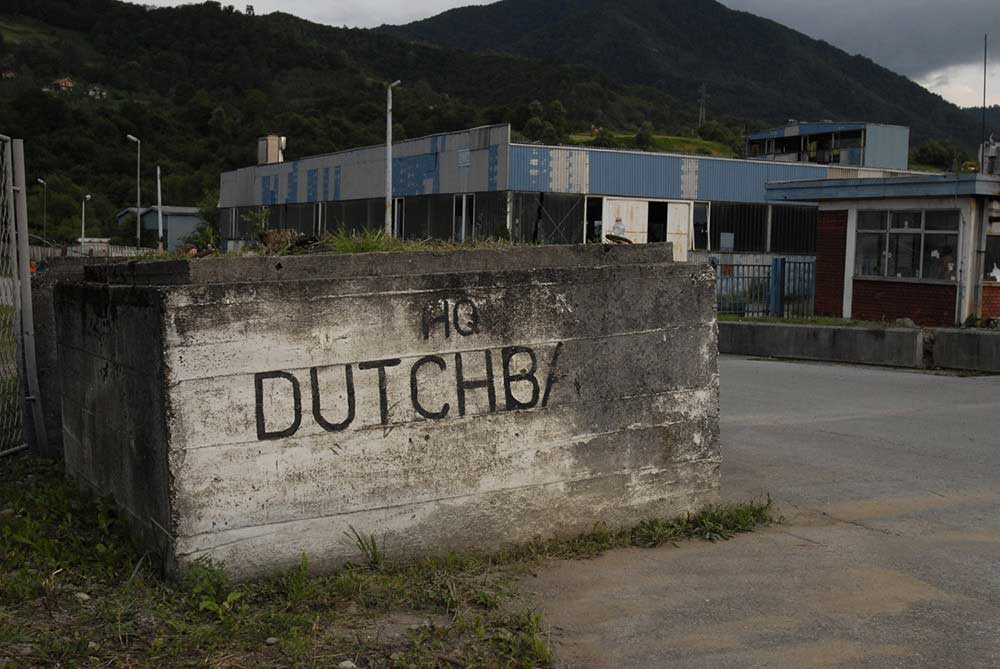22 years ago, Srebrenica (UN-protected) was attacked and captured by the Army of Republika Srpska under Ratko Mladić.
Following the town’s capture, all the men “of fighting age” who fell into Bosnian Serb hands were massacred in a systematically organized series of summary executions.
8.000 Muslim-men and -boys got murdered. The Srebrenica massacre is considered the worst massacre in post-World War II European history to this day. The traces of that drama are huge, traumas which are almost impossible to heal.Our lives moved on. The weekly news is about other subjects, new disasters need to be covered. But the people who were involved in the war in Bosnia can’t move on. Lots of them think about the war every day. Because of the genocide many women lost their husbands, sons, fathers, brothers, uncles, neighbors and good friends. Most of those victims are identified and reburied but others are still missing. Some mass graves have yet to be opened.
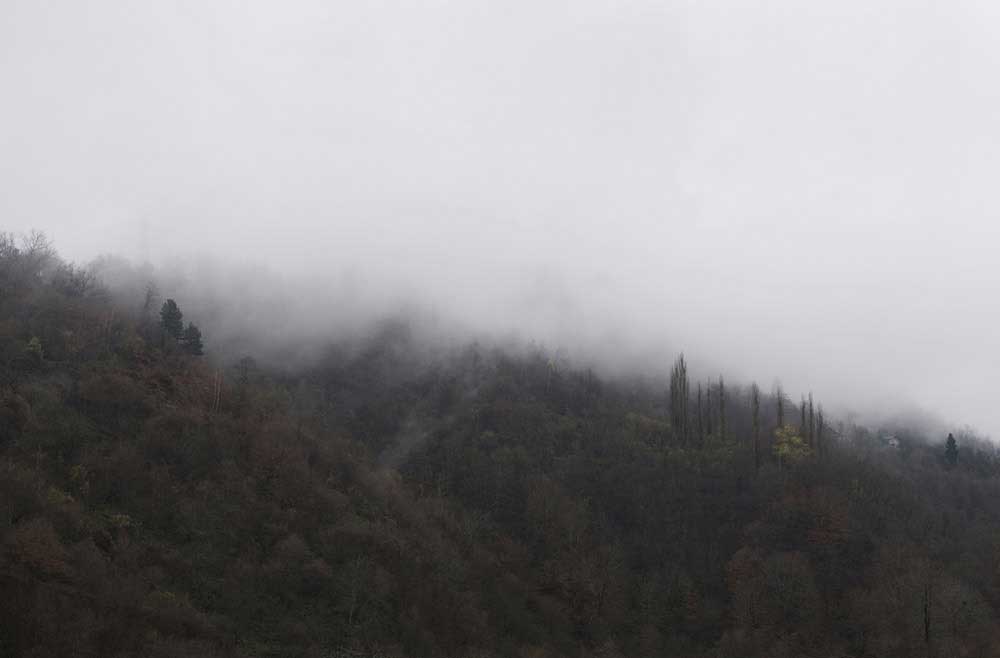
The ICMP (International Commission on Missing Persons) is working hard to identify body parts. For the identification they use DNA material from family members, but also personal belongings which are found in the clothes and remains. Every year on the 11th of July the bodies which are identified in the past year will be buried. Some families bury one of their loved ones every year.
In Bosnia there are still several Muslim- and Serbian refugee camps with lots of families that are living there. Some refugees go back to their old houses and try to rebuild them. Others are afraid to go back, because of the memories and that what they will find there. Another problem is that most of the people don’t have the financial capability to rebuild their house and therefore they have to stay in the camps.
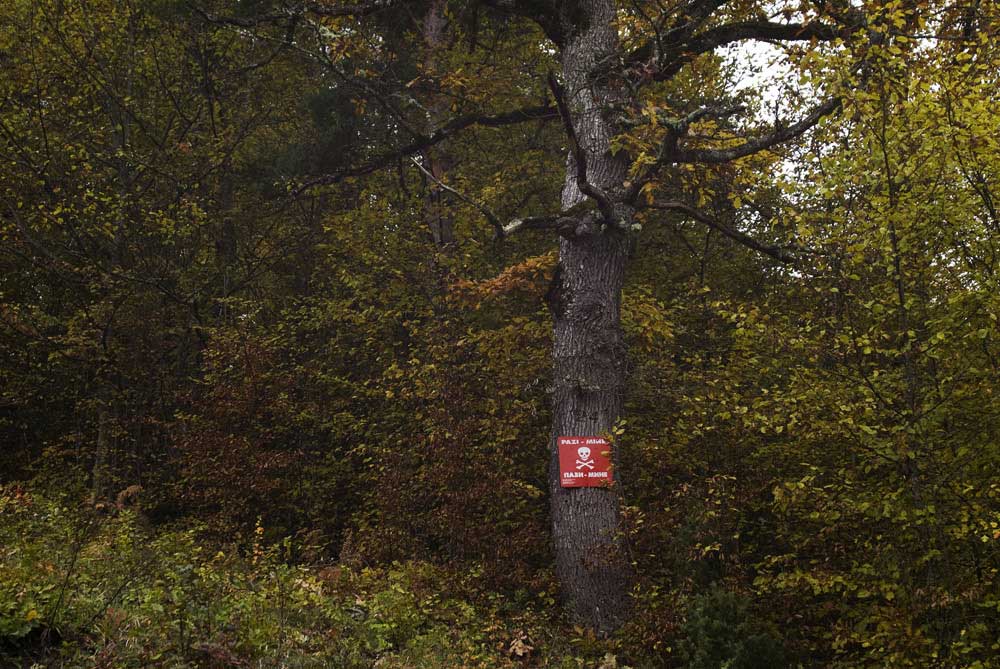
When you travel through Bosnia you can’t escape the sad view of all the wrecked houses, covered with bullet holes. The traces of war are there to be found everywhere. For instance warning signs for mines on trees. It will take many more years for the Mine action teams to clean the country.
Among the Dutchbat veterans there are also men and women who still suffer under their experiences. Some of them have PTSD and get treated for that while others could give their memories a place. Almost every one of them has changed in one way or another.
In the photo project Claudia Heinermann wants to show the aftermath of the war in Bosnia, the trouble humans have to move one with their lives after such a dramatic event. She published the project as book with the title ‘Enduring Srebrenica’ which was nominated for the Dutch Doc Award. The project was exhibited in several Museums.
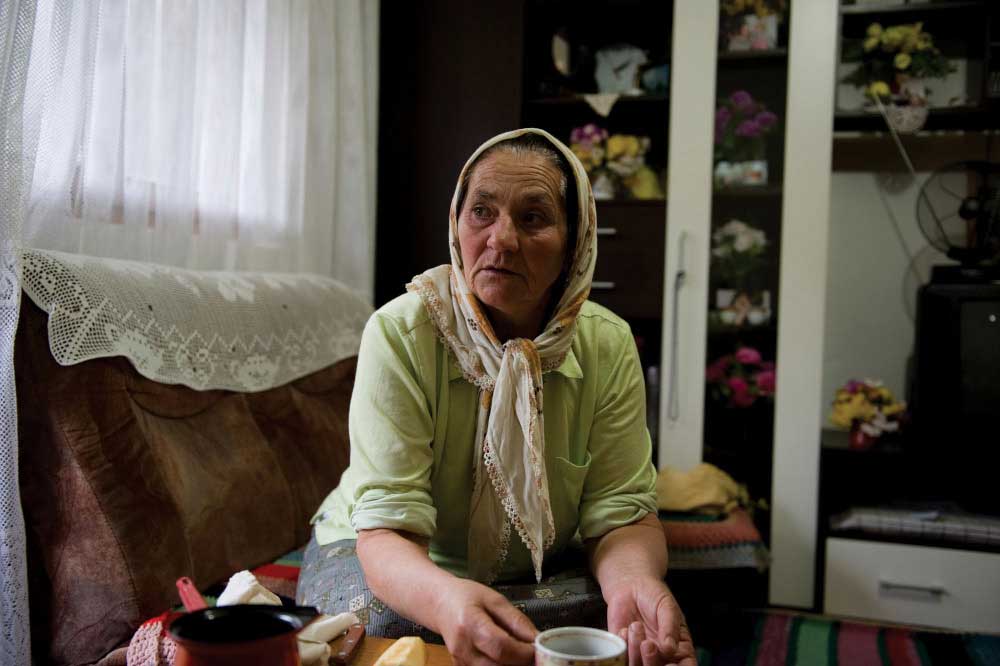
About Claudia Heinermann
Claudia Heinermann (b. 1967 in Iserlohn/Germany) studied Fine Arts in Enschede/NL. From 2004 onward she continued her education in documentary photography at the Fotoacademie Amsterdam. She is dedicated primarily to long-term documentary projects and contemporary historical issues as well as genocide and the consequences of war. She has worked as a photographer on long-term projects in countries such as Bosnia, Russia, Lithuania, Latvia, Estonia and Rwanda. Claudia has published four photo books so far and has contributed to numerous publications both in The Netherlands and abroad. Her works have been acquired by various Collections and shown in museums, galleries and on photo festivals.
Her latest book ‘Wolfskinder A Post-War Story’ was nominated for the 15 Best Dutch Photobooks 2015 and shortlisted for the Prix du Livre Arles 2016 and the Best Photobooks Kassel 2016. [Official Website]
